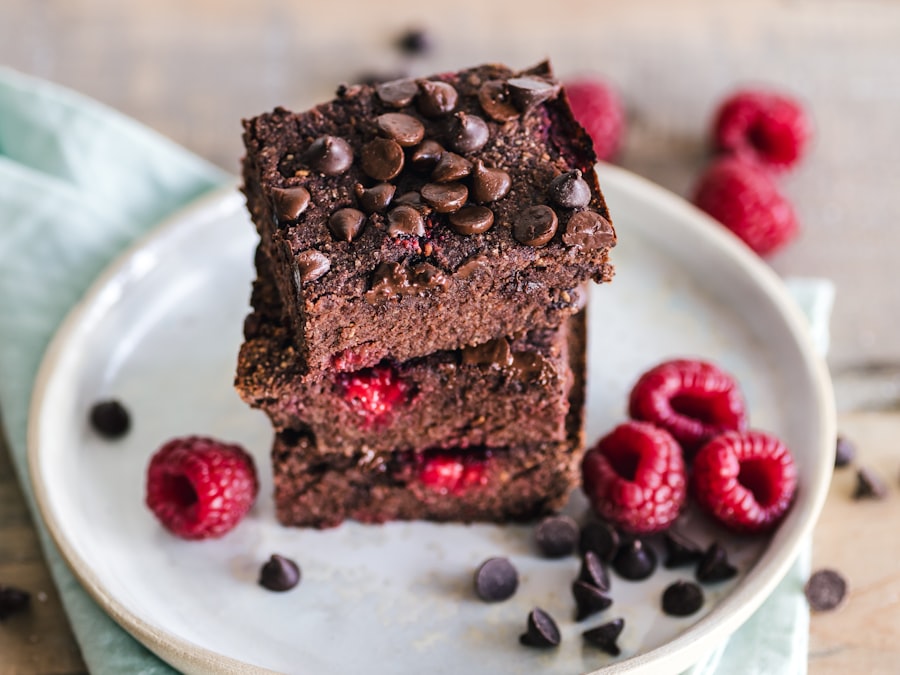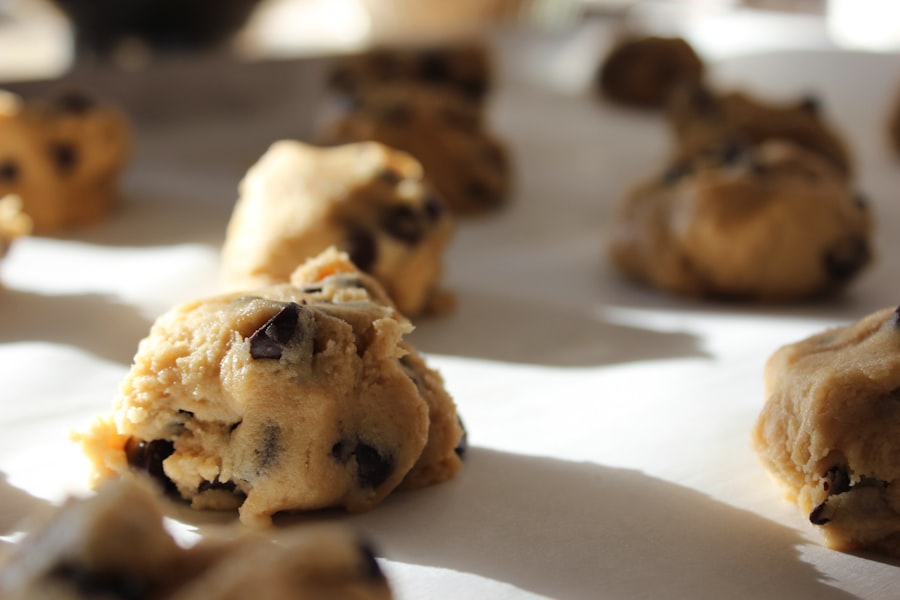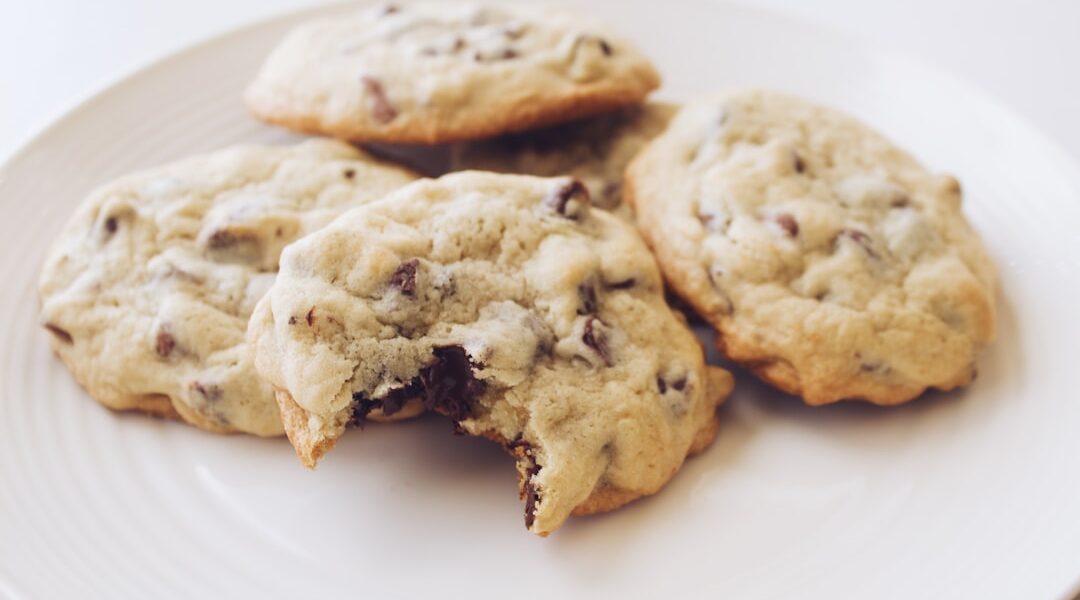Uniced cookies, often referred to as “naked” cookies, are a delightful treat that showcases the pure essence of cookie baking without the embellishment of frosting or icing. These cookies can range from classic chocolate chip to more adventurous flavors like lavender or chai spice. The beauty of uniced cookies lies in their simplicity; they allow the natural flavors and textures of the ingredients to shine through.
This minimalist approach not only appeals to those who prefer a less sweet dessert but also provides a versatile canvas for various flavor combinations and textures. The appeal of uniced cookies extends beyond their taste. They are often easier to prepare than their frosted counterparts, making them an excellent choice for novice bakers or those looking for a quick and satisfying baking project.
Additionally, uniced cookies can be enjoyed in a variety of settings, from casual family gatherings to more formal occasions. Their straightforward nature means they can be served as is or dressed up with a simple dusting of powdered sugar or a drizzle of chocolate, depending on the occasion. This versatility makes uniced cookies a staple in many households and a favorite among cookie enthusiasts.
Choosing the Right Cookie Recipe
Selecting the right cookie recipe is crucial for achieving the desired flavor and texture in uniced cookies. The foundation of any great cookie lies in its ingredients, and understanding how each component contributes to the final product is essential. For instance, the choice between using butter or margarine can significantly affect the taste and texture.
Butter tends to yield a richer flavor and a chewier texture, while margarine may produce a softer, cake-like cookie. Additionally, the type of flour used can influence the structure; all-purpose flour is commonly used for its balance of protein content, but experimenting with whole wheat or almond flour can add unique flavors and nutritional benefits. When choosing a recipe, consider the balance of sweetness and flavor complexity.
A classic chocolate chip cookie recipe typically includes brown sugar, which adds moisture and depth due to its molasses content, while granulated sugar contributes to crispness. For those looking to explore beyond traditional flavors, recipes incorporating spices like cinnamon or nutmeg can elevate the taste profile. Furthermore, adding ingredients such as nuts, dried fruits, or even citrus zest can introduce new dimensions to the cookie’s flavor.
It’s important to read through the entire recipe before starting to ensure that all ingredients are on hand and that the baking process aligns with your schedule.
Tips for Perfectly Baked Uniced Cookies

Achieving perfectly baked uniced cookies requires attention to detail at every stage of the baking process. One of the most critical factors is the temperature of your ingredients. For instance, using room temperature butter allows for better incorporation with sugars, leading to a smoother dough and more uniform cookies.
Conversely, if the butter is too warm or melted, it can result in overly flat cookies that spread too much during baking. Similarly, chilling the dough before baking can help maintain shape and enhance flavor as it allows the ingredients to meld together. Another essential tip is to pay close attention to baking times and temperatures.
Every oven is different, and even slight variations can lead to underbaked or overbaked cookies. It’s advisable to use an oven thermometer to ensure accuracy. A general rule of thumb is to bake cookies until they are just set around the edges but still soft in the center; they will continue to cook slightly after being removed from the oven due to residual heat.
Additionally, rotating baking sheets halfway through the baking time can promote even cooking, especially if your oven has hot spots.
Decorating and Flavoring Uniced Cookies
| Decorating and Flavoring Uniced Cookies | Metrics |
|---|---|
| Number of cookies decorated | 100 |
| Types of flavoring used | Vanilla, almond, lemon |
| Decorating techniques | Sprinkles, icing pens, edible glitter |
| Time taken to decorate | 2 hours |
While uniced cookies are celebrated for their simplicity, there are numerous ways to enhance their appearance and flavor without resorting to frosting. One popular method is to incorporate various flavorings directly into the dough. For example, adding vanilla extract or almond extract can impart a delightful aroma and taste that complements many cookie varieties.
For those seeking a more adventurous approach, infusing the dough with spices such as cardamom or ginger can create an unexpected yet pleasing flavor profile. Decorating uniced cookies can also be achieved through creative techniques that do not involve icing. A light dusting of powdered sugar can add an elegant touch while providing a hint of sweetness.
Alternatively, rolling the dough in sugar before baking can create a sparkling crust that enhances both texture and visual appeal. For added flair, consider using edible glitter or colored sugar sprinkles that adhere during baking. Another option is to press decorative stamps or molds into the dough before baking, creating intricate designs that make each cookie unique without overwhelming their natural charm.
Storing and Packaging Uniced Cookies
Proper storage is essential for maintaining the freshness and quality of uniced cookies. To keep them at their best, it’s important to allow them to cool completely before storing them in an airtight container. This prevents moisture buildup that can lead to sogginess or staleness.
Depending on the type of cookie, they can typically be stored at room temperature for up to a week. For longer storage, consider freezing them; most uniced cookies freeze well when wrapped individually in plastic wrap and placed in a freezer-safe container. When it comes to packaging uniced cookies for gifting or sharing, presentation plays a significant role in enhancing their appeal.
Simple yet elegant packaging options include clear cellophane bags tied with ribbon or decorative boxes lined with parchment paper. For a rustic touch, consider using kraft paper bags or tin containers adorned with twine or labels that describe the cookie flavors inside. Including a small note with serving suggestions or pairing ideas can also add a personal touch that recipients will appreciate.
Troubleshooting Common Issues with Uniced Cookies

Even experienced bakers encounter challenges when making uniced cookies, but understanding common issues can help troubleshoot effectively. One frequent problem is cookies spreading too much during baking, resulting in thin and crispy edges rather than a chewy center. This issue often arises from using warm butter or not chilling the dough adequately before baking.
To remedy this, ensure that butter is at room temperature rather than melted and consider refrigerating the dough for at least 30 minutes before scooping it onto baking sheets. Another common issue is cookies turning out too dry or crumbly. This can occur if there is an imbalance in ingredient ratios, particularly if too much flour is added or if the dough is overmixed after adding flour.
To prevent this, measure flour accurately by spooning it into measuring cups rather than scooping directly from the bag, which can compact it and lead to excess flour in the recipe. If you find yourself with dry dough, adding a tablespoon of milk or an extra egg yolk can help restore moisture without compromising texture significantly. By understanding these aspects of uniced cookies—from selecting recipes and perfecting baking techniques to exploring decoration options and troubleshooting issues—bakers can create delicious treats that celebrate simplicity while allowing for creativity in flavor and presentation.
Whether enjoyed fresh from the oven or shared as gifts, uniced cookies remain a beloved staple in many kitchens around the world.




